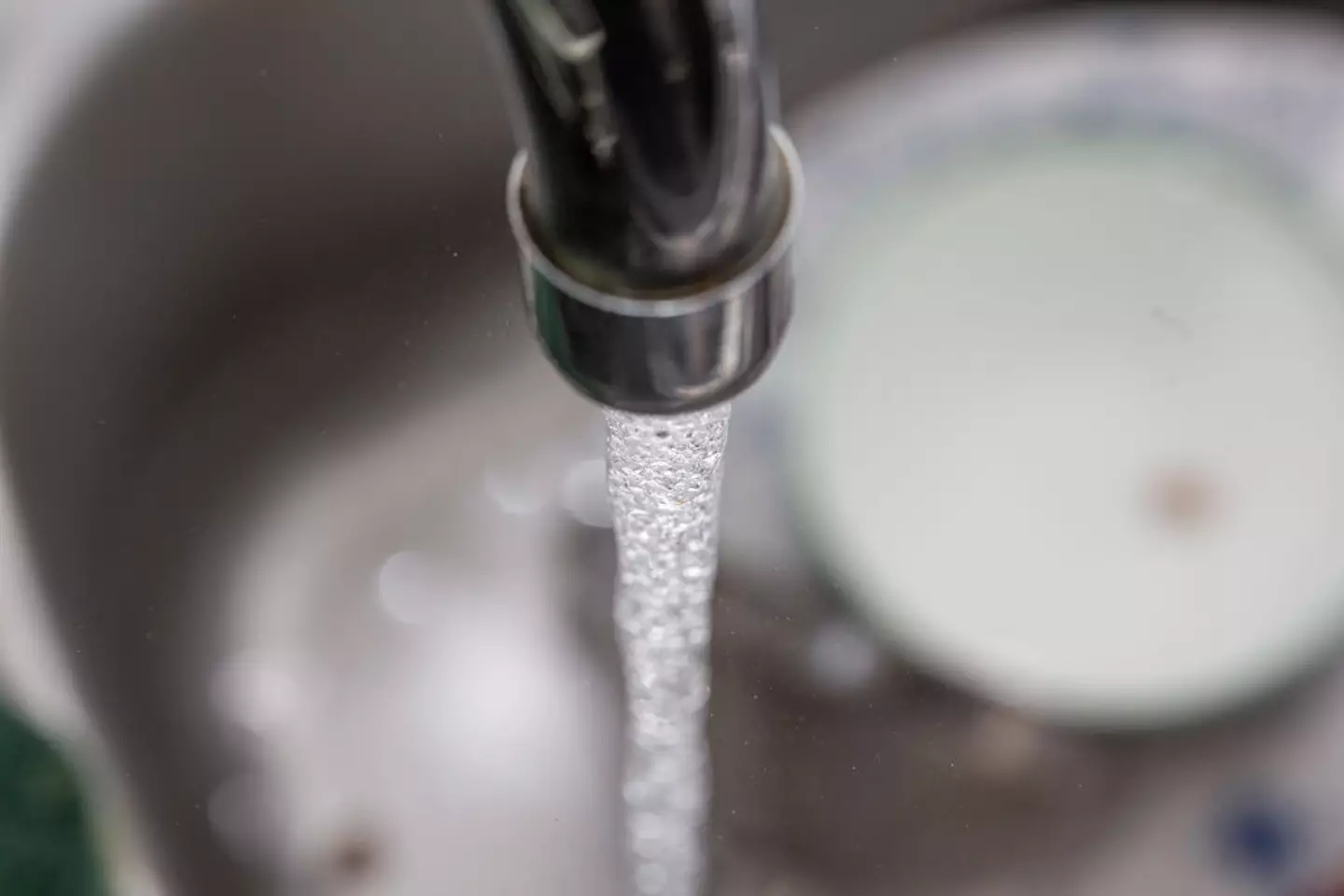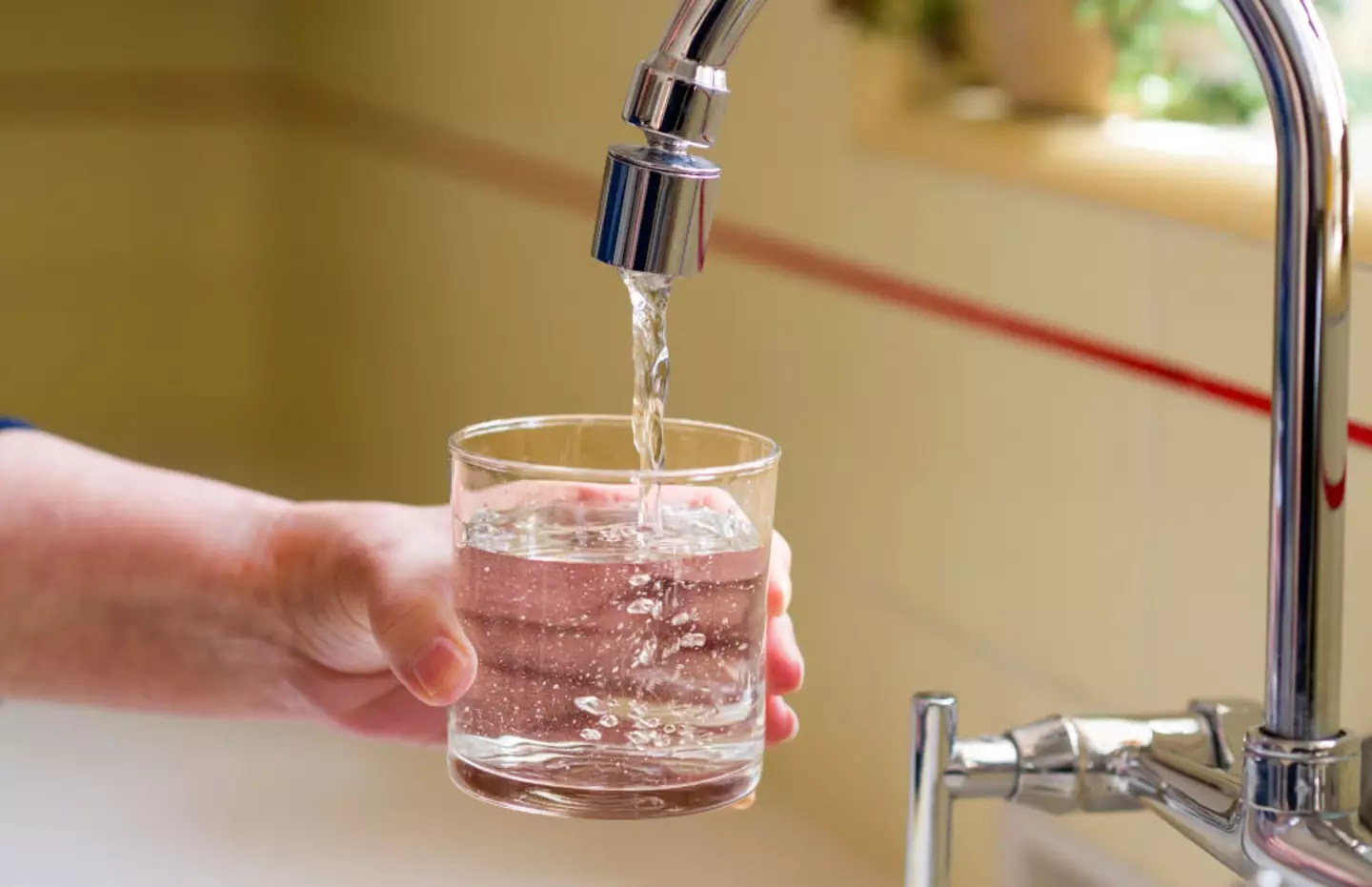
Whether out of laziness or ignorance, who among us has never taken a swig from a bathroom tap?
If you’ve not been put off by the fact it tastes curiously different to the water from the kitchen, perhaps we can put this practice to bed if you’re a habitual bog tap suckler.
Research from Scottish Water, conducted in partnership with WaterSafe, looked into the safety of different water sources around our home and found that there’s a lot of variation between different taps, different rooms, and different eras in which your building was constructed.

Advert
A big problem was found that, especially in older homes, the plumbing systems typically mean water from the bathroom isn’t as fresh as the kitchen equivalent.
Bathroom water is generally kept in a tank at the top of the house, meaning it’s more likely to be contaminated by outside sources or simple stagnation from sitting around.
Kitchen water comes from the main water line, however, so it’s considerably fresher.
It’s not the only reason to avoid taking a swig from a bathroom tap, however. Properties built pre-1970 in the UK often have lead piping somewhere along the line.
Advert
This poisonous metal has corrode into the water, leading to all kinds of potential nasty effects.
Lead poisoning, according to the NHS, has symptoms including fatigue, headaches, memory loss, irritability, vomiting and hearing loss in adults. In children it can lead to developmental problems.
From 1970 onwards, lead pipes have been replaced with plastic and copper ones, but it’s worth checking your home to confirm yours don’t have lead piping.
It sounds like it would really make your day of being rough from the beer much, much worse.
Advert
In 2018, WaterSafe spokesperson Julie Spinks urged people to replace lead piping if they find it.

She said: "The plumbing in homes is the responsibility of the homeowner, so we are urging all households to spend a few minutes checking if they have lead pipes.
“To safeguard health we would recommend replacing lead pipes that supply drinking water to bathrooms and kitchens with copper or plastic ones."
Advert
This might affect kitchen taps too, of course, so be sure to have a thorough assessment of your gaff’s plumbing if you want to reduce your risk of lead exposure.
Topics: Health
